Deep Time Downloadable Backgrounds
To mark the one-year anniversary of the opening of the David H. Koch Hall of Fossils – Deep Time, download these scenes from exhibit to use as your desktop background, or on your next Zoom meeting!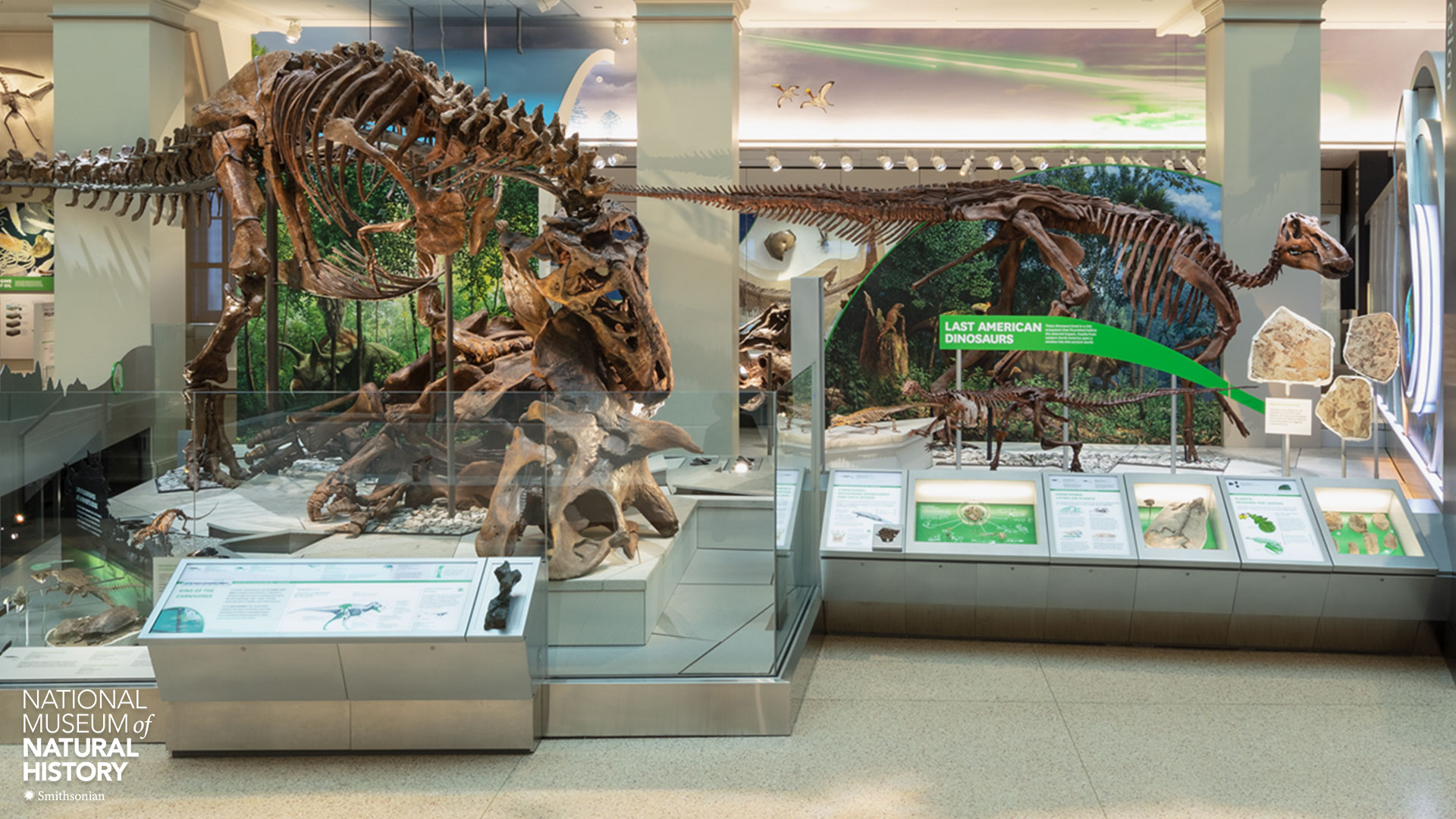 Tyrannosaurus rex and Triceratops
Tyrannosaurus rex and Triceratops
In its time, T. rex was the largest meat eater in western North America. It feasted on dinosaurs large and small, including plant eaters like the Triceratops. Few – if any – animals could take down a healthy, adult T. rex.
Photo: Lucia Martino, Smithsonian Institution.
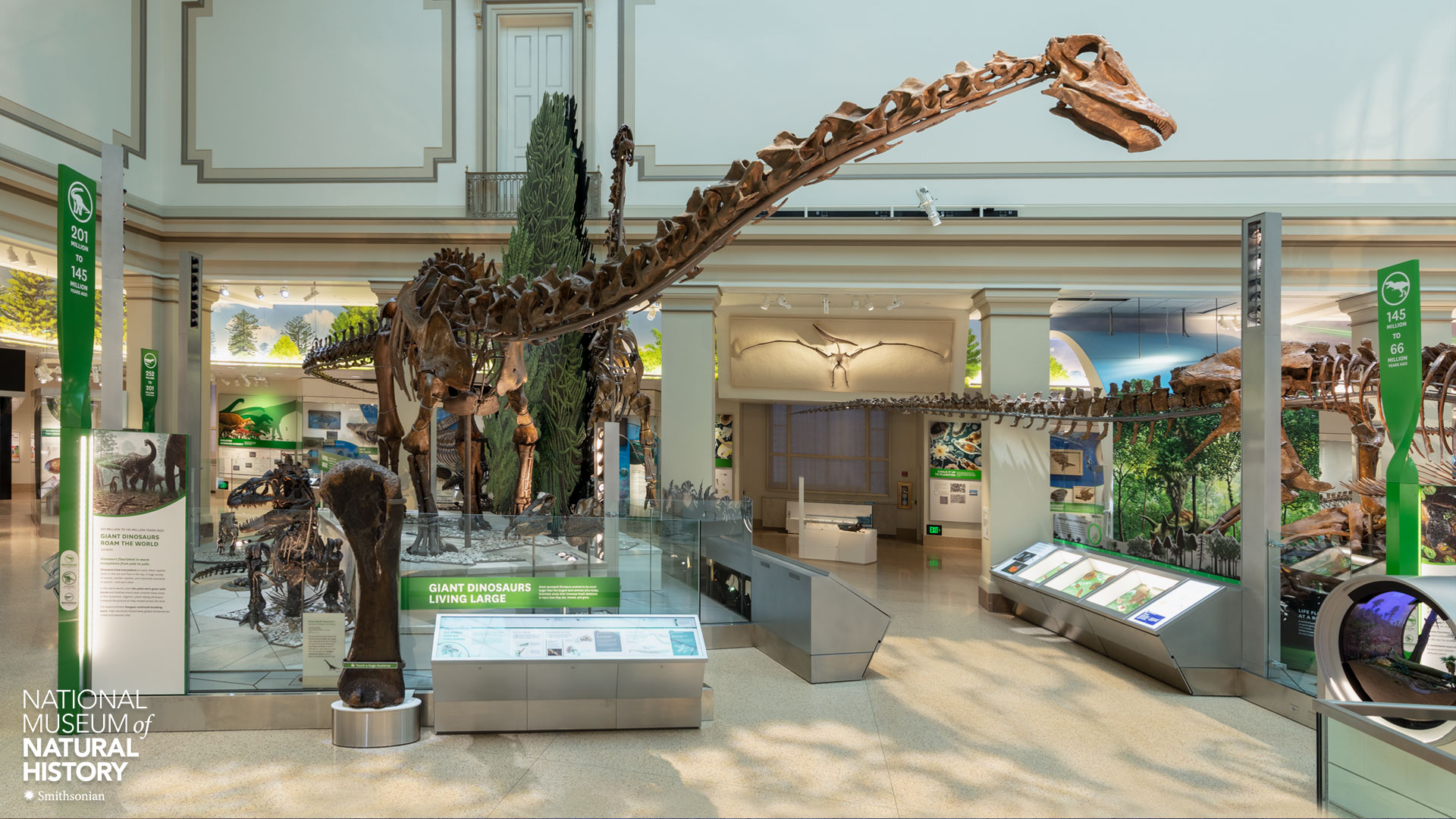 Diplodocus
Diplodocus
Diplodocus hallorum was a towering, plant-eating sauropod that lived 157 to 150 million years ago. It was one of the longest dinosaurs, with a body that could stretch to about 100 feet—with most of that length coming from its neck and tail.
Photo: Lucia Martino, Smithsonian Institution.
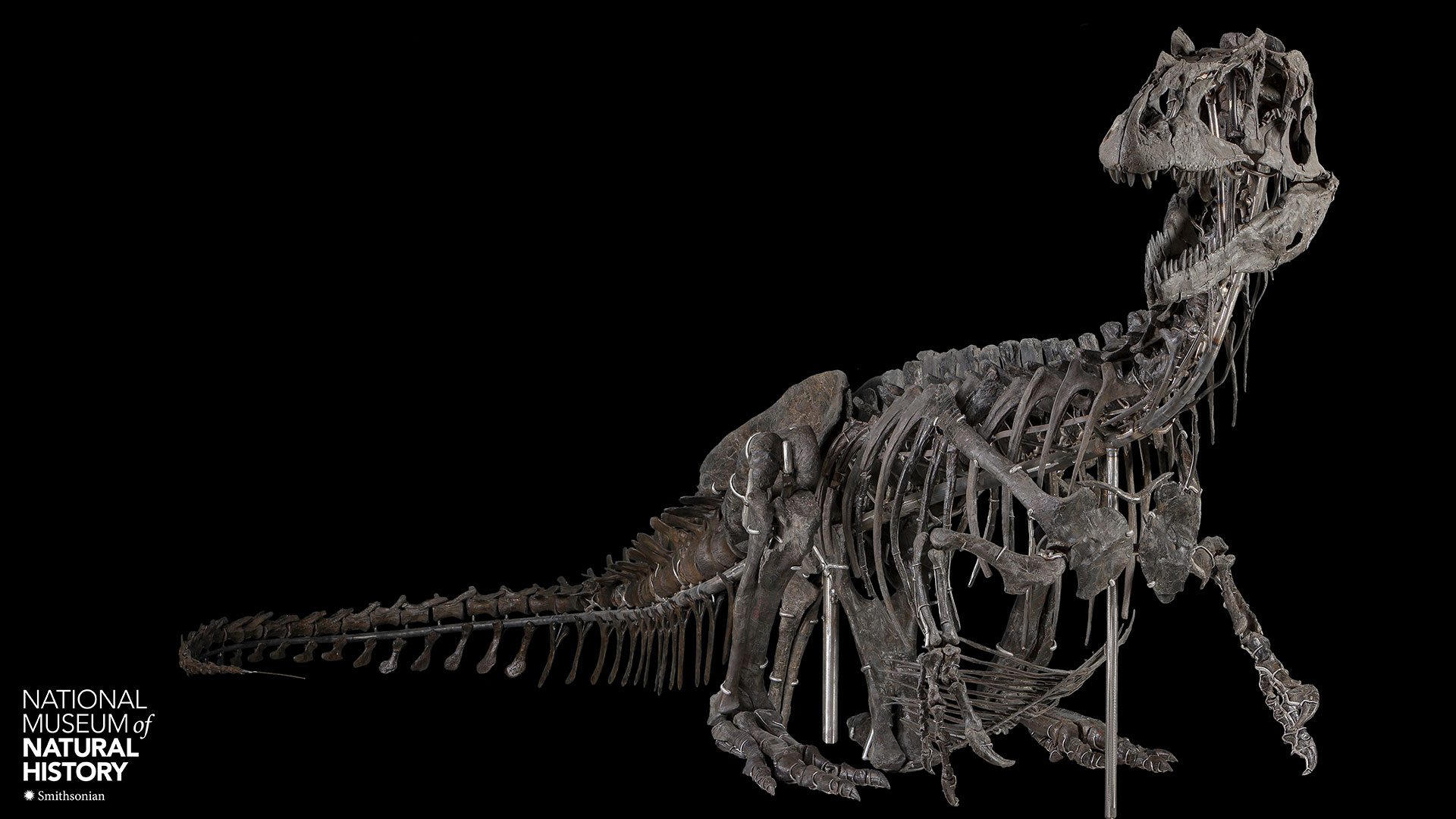 Allosaurus
Allosaurus
Allosaurus was the top predator in the flat flood plains of North America. This Allosaurus fragilis skeleton was the first nearly complete Allosaurus found and is one of the most studied specimens of Allosaurus in the world.
Photo: Smithsonian Institution.
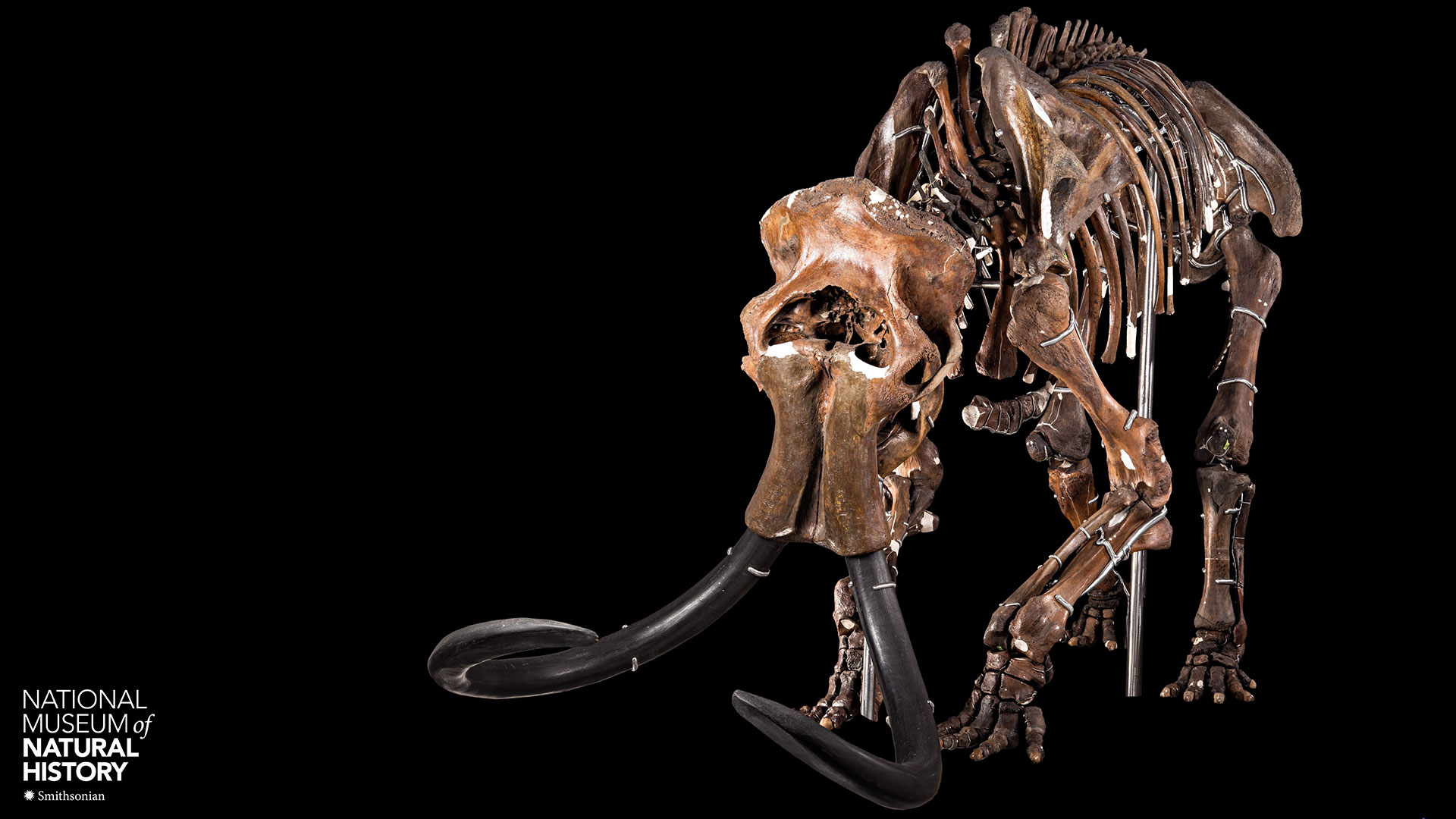 Woolly Mammoth
Woolly Mammoth
Woolly mammoths (Mammuthus primigenius), perhaps the best-known mammals of the ice ages, went extinct due to a combination of shifting climate, changing food sources and a new predator—humans.
Photo: Smithsonian Institution.
 Quaternary Warm Diorama
Quaternary Warm Diorama
During this glacial period, ice sheets had retreated to the north and forests full of familiar plants and animals stretch over North America. A yellow jaguar with black spots hides in the grass as it stalks a small group of peccaries.
Photo: Kate D. Sherwood, Smithsonian Institution
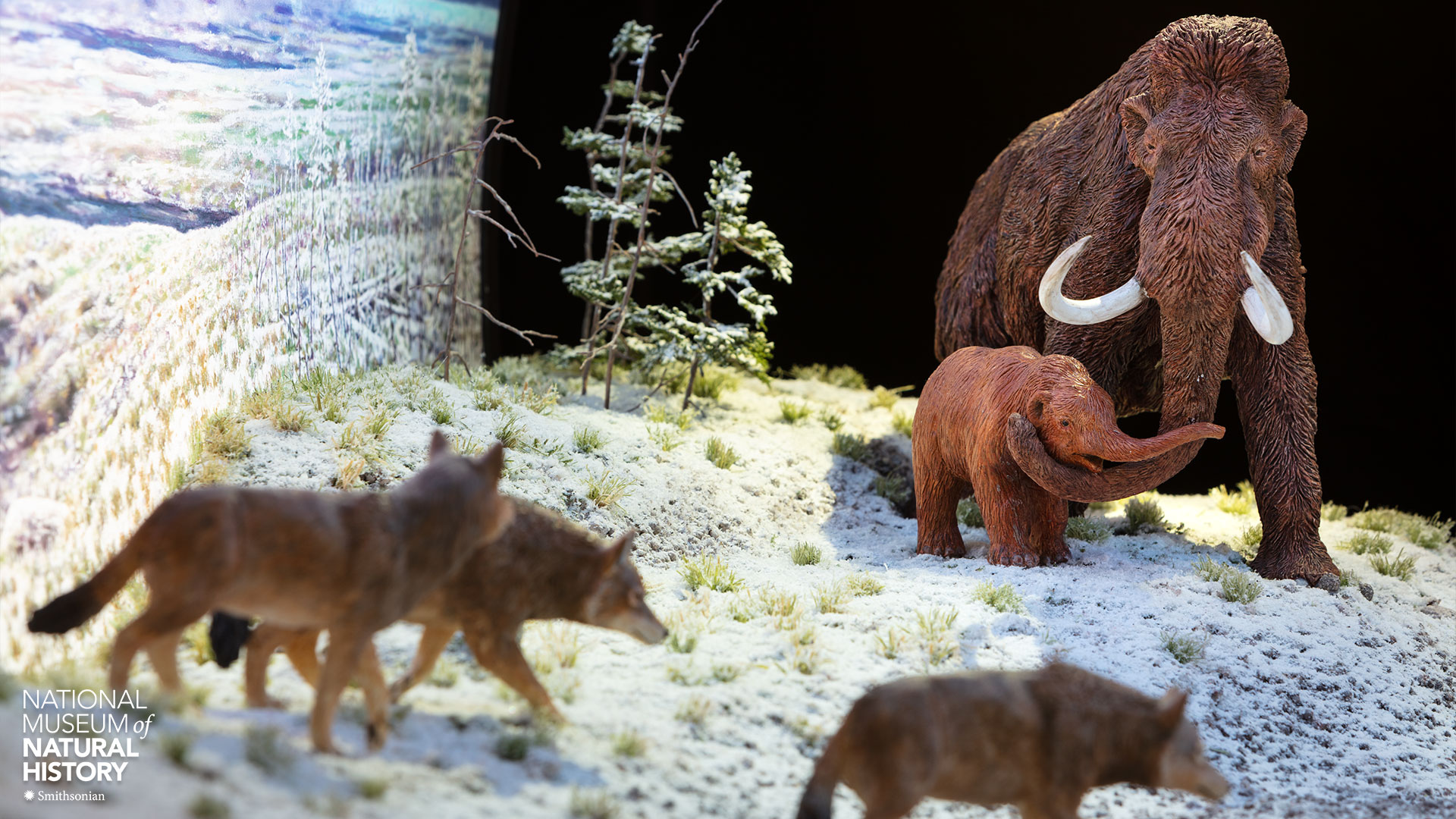 Quaternary Glacial Diorama
Quaternary Glacial Diorama
The glacial landscape of this model shows ice in the distance with boreal forest and steppe grass. Musk oxen, arctic hare, horses, and mammoths eat, move, nurture, and thrive while hungry dire wolves search for their next prey.
Photo: Kate D. Sherwood, Smithsonian Institution

